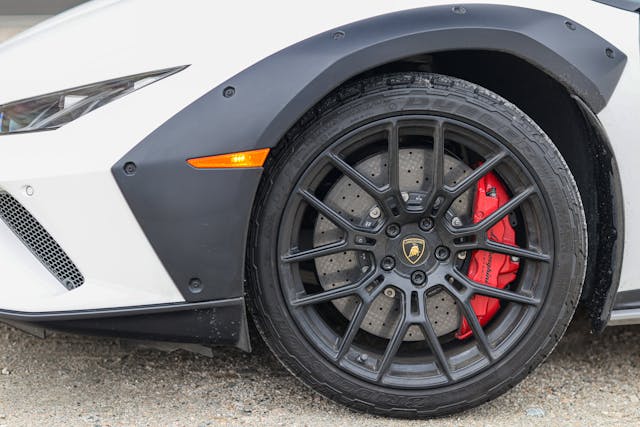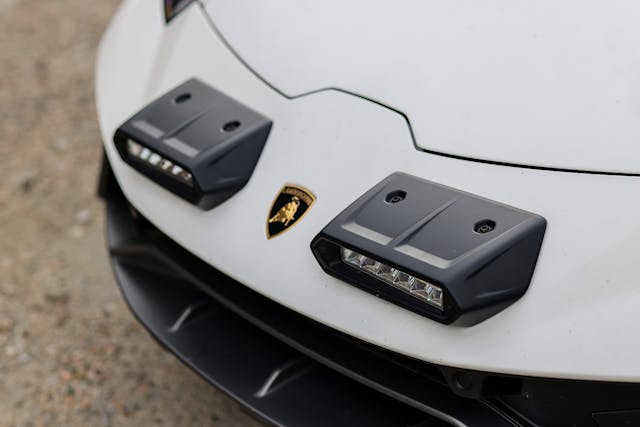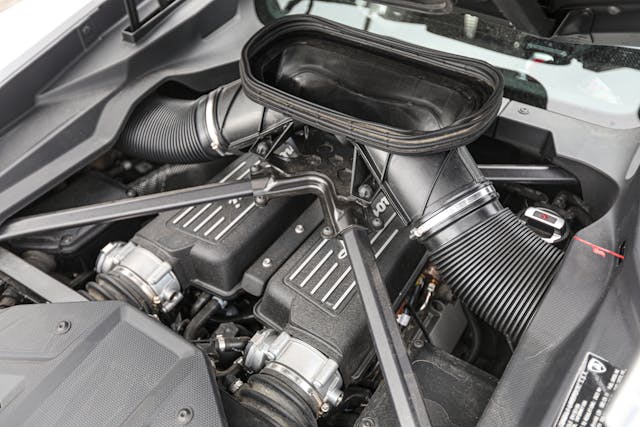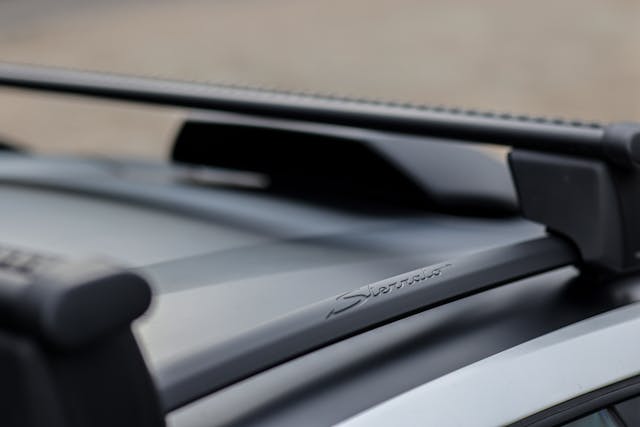Never Stop Driving #115: Safari Style
Safari cars are designed for the street but modified to go off-road with long-travel suspension and beefy, knobby tires. Generally speaking, I am not a fan. Why take a car optimized for the road and compromise it for dirt?
Admittedly, the Safari trend is not new. The earliest cars were built before paved roads, so they were technically off-roaders. In the Sixties, when paved roads were everywhere but before pickups and SUVs became daily transportation, cars were frequently modified for off-road races and European rallies. Actor James Garner raced an Oldsmobile 442 at the Baja 1000. Pete Brock, the genius designer behind the Shelby Cobra Daytona, fielded Datsun 510s at the Mexican race. Few cars took to the desert like the VW Beetle, which was so often modified in Safari style that it earned the nickname “Baja Bug,” as my colleague Aaron Robinson explained.
The Beetle’s close cousin is the Porsche 911, a fact that many modern Porsche owners, I imagine, would like to ignore. Early Porsches are remarkably like the Beetle in terms of layout and engineering details. I worked on several Beetles before restoring a 1969 Porsche 911E. My 911 is so close to the VW that I joke it’s nothing more than a “fancy Beetle,” which makes sense since both cars were designed by the Porsche clan.
Like the Beetle, Porsches—frequently fielded by the factory—went off-road early and often, including in the grueling East African Safari and the Paris to Dakar rallies. The coveted four-wheel-drive Porsche 959 from the mid-’80s was originally developed for off-road rally racing, but changes to rally rules made it unsuitable, so it never raced in the dirt. The 959 marked a two-decade pause for off-road 911s.

Then about 15 years ago, some 911 owners began modifying their cars for off-road. The new look, called the Safari style, took off. We profiled a company called Elephant Racing, which sells Safari parts, in this article. People started modifying all sorts of cars in the Safari style including Miatas, Subaru BRZs, BMWs, and even a Viper. Porsche now offers its own off-road 911, the Dakar, which retails for $225,000. I hear all 2500 copies of this special edition are already sold.
Porsche is not alone. Ford now sells an off-road version of its electric Mustang called the “Mach-E Rally.” This past week one of the most unexpected Safari cars, the Lamborghini Huracan Sterrato, landed at our offices.
The Huracan is Lambo’s entry-level car, and with its howling, naturally aspirated V-10 engine that revs to 8500 rpm, it’s very fast and durable on paved racecourses. To underscore the point, Lamborghini even created a one-make racing series for it. The Sterrato edition follows the Safari playbook with taller suspension, beefy tires, fender flares, and even a couple of auxiliary headlights awkwardly placed on the nose of the Huracan.




I thought Safari style would trail off like every other automotive fad. After all, there is no shortage of factory-built off-road performance vehicles like the Ford Bronco Raptor, which Jason Cammisa hilariously profiled, and the Ram TRX. (Ram’s replacement for that V-8-powered truck is the new RHO.) I thought the shine would wear off once owners got sick of hearing the loud rumble of off-road tires going down the highway.
Clearly, I was wrong. Upon reflection, I think Safari cars are a reaction to carmakers’ hyper focus on speed. Every new performance car has to be faster than the outgoing model and faster than its competitors. These days, a benchmark for cars like the Porsche 911 GT3 RS is a lap time on Germany’s famed Nürburgring Nordschleife racetrack. The Corvette team is currently there testing. Obtaining those lap times requires engineers to fit stiff suspensions and racetrack tires. Sure, buyers want special sports cars, but I hear from owners that some of these high-performance machines are so stiff, they’re undrivable.
A Safari car, on the other hand, is a way to offer a unique model with a cushy suspension that makes the car comfortable for everyday driving on real-world streets. The Sterrato was surprisingly civilized. There’s nearly seven inches between the pavement and front spoiler, almost twice what my 2017 Corvette provides. I could drive the Lambo into parking lots without scraping the front end on entrance ramps. The Lambo also made Michigan potholes disappear, a stark difference from the punishing ride of my old VW GTI.
I cannot afford a $300,000 Lamborghini, but I can sort of see the Sterrato’s appeal—even if I don’t agree with the car’s philosophy. But maybe I’m wrong about this. I’d love to hear your thoughts, which you can share by commenting below.
Thanks for reading. Have a great weekend!
Larry
P.S.: Your feedback and comments are welcome.
Please share this newsletter with your car-obsessed friends and encourage them to sign up for the free weekly email. The easy-to-complete signup page is here. And if you’d like to support the efforts of Hagerty Media, please consider joining the Hagerty Drivers Club.



I don’t get the appeal of these safari-style sports or super cars at all. But, among the moneyed crowd that typically own these cars I guess people want to stand out from the crowd with something different. To each his/her own, right?
I thought the same thing at first, why ruin a car designed to be fast on pavement. Then I went for a drive in my fun street car on a great mountain road and every few miles would do the classic “brace for impact” every time I saw a large bump or pothole too late. Now i totally get the appeal. I could go fast on REAL roads which aren’t well taken care of and would even have the option to fly down fire roads or lake beds. Now a safari build is in my future. The goal is fast, usable and versatile. Great article though!